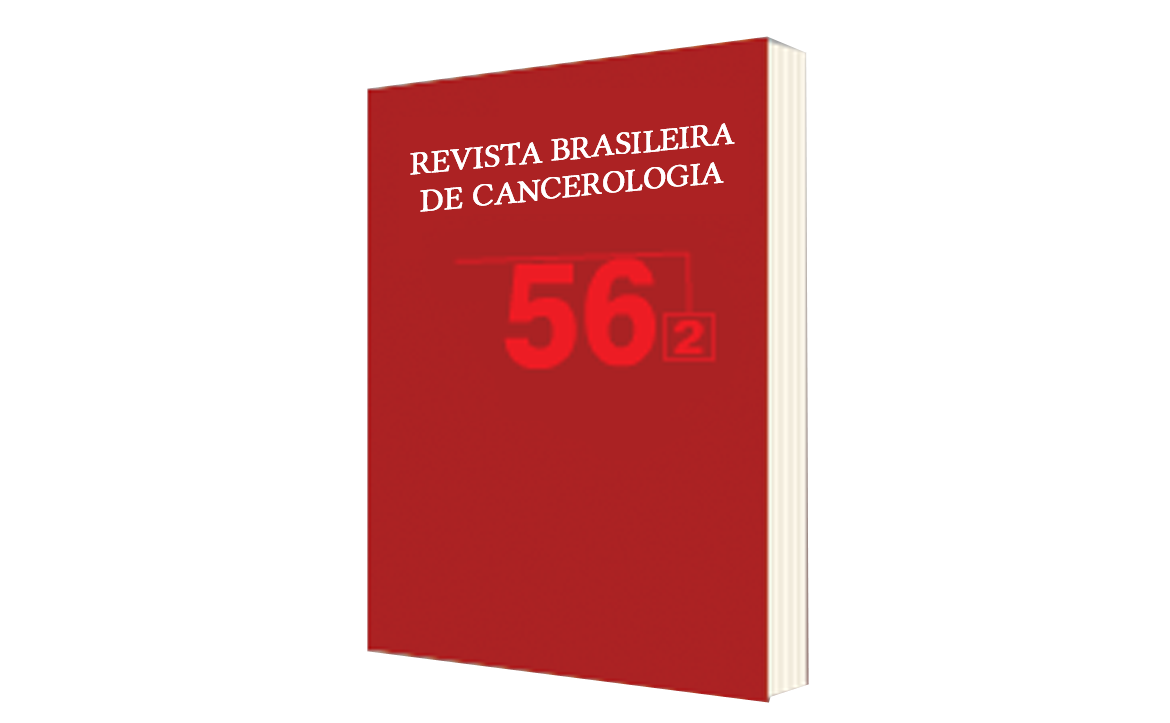Análise de Custo-Efetividade da Idade de Início do Rastreamento Mamográfico
DOI:
https://doi.org/10.32635/2176-9745.RBC.2010v56n2.1495Palavras-chave:
Avaliação de Custo-Efetividade, Neoplasias da Mama, Cadeias de Markov, Doenças Mamárias, DiagnósticoResumo
O objetivo deste estudo foi realizar uma análise de custo-efetividade do rastreamento mamográfico em mulheres brasileiras, por meio de um modelo estocástico, a Cadeia de Markov. A progressão da doença foi estimada para uma coorte hipotética de 100 mil mulheres, em três cenários distintos, tendo como linha de base a evolução do câncer de mama baseada na história natural da doença: (1) a intervenção mamográfica bianual dos 50 anos até os 69 anos; (2) o rastreamento mamográfico anual a partir dos 40 anos; e (3) a extensão do cenário 1 até os 80 anos. Os custos dos cenários modelados variaram desde R$ 2.969.730,14 para a história natural até R$ 14.660.725,79 para um rastreamento anual iniciado aos 40 anos. A efetividade do rastreamento no cenário 2 (40 anos) foi de 35,07 anos de vida ganha, equivalentes a 9.400 anos a mais de vida ganha quando comparado com o cenário 1 (50 anos), com uma efetividade de 34,96 anos de vida ganha, na coorte modelada de 100 mil mulheres. A efetividade incremental é maior no cenário 1 quando comparada com a história natural da doença. O custo-efetividade incremental da estratégia do cenário 1 foi de R$ 31.111.152,83 e no cenário 2, R$ 52.910.841,55. Os resultados mostraram que a estratégia com a melhor relação custo-efetividade incremental, de acordo com os valores alocados, foi a do cenário 1, rastreamento bianual entre os 50 e 69 anos.









